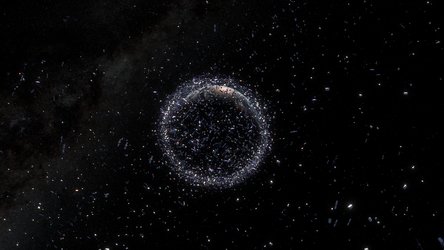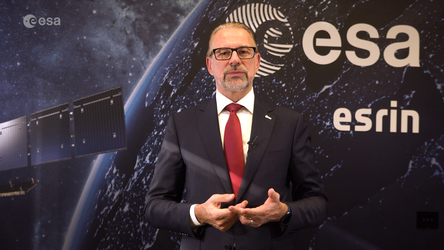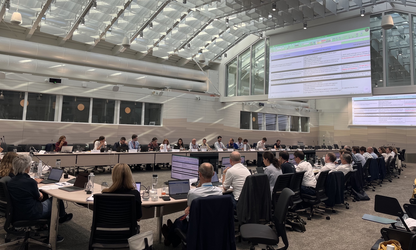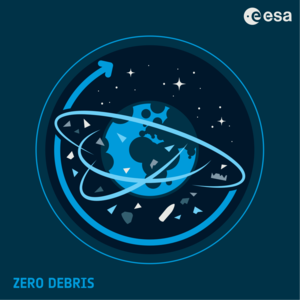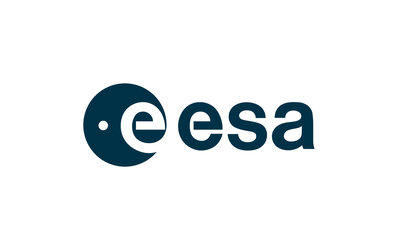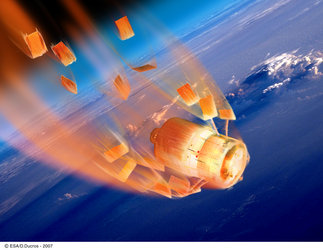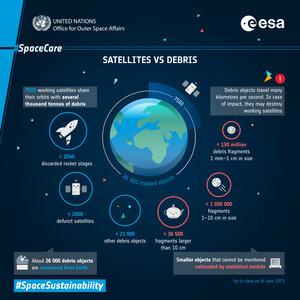ESA leads the way towards a Zero Debris future
In brief
ESA has updated two fundamental documents that regulate how all of the Agency's space missions are designed, built, operated and disposed of.
The new Space Debris Mitigation Policy and Space Debris Mitigation Requirements are part of ESA’s Zero Debris approach, and also serve as ESA’s contribution to the implementation of the global Zero Debris Charter.
In-depth
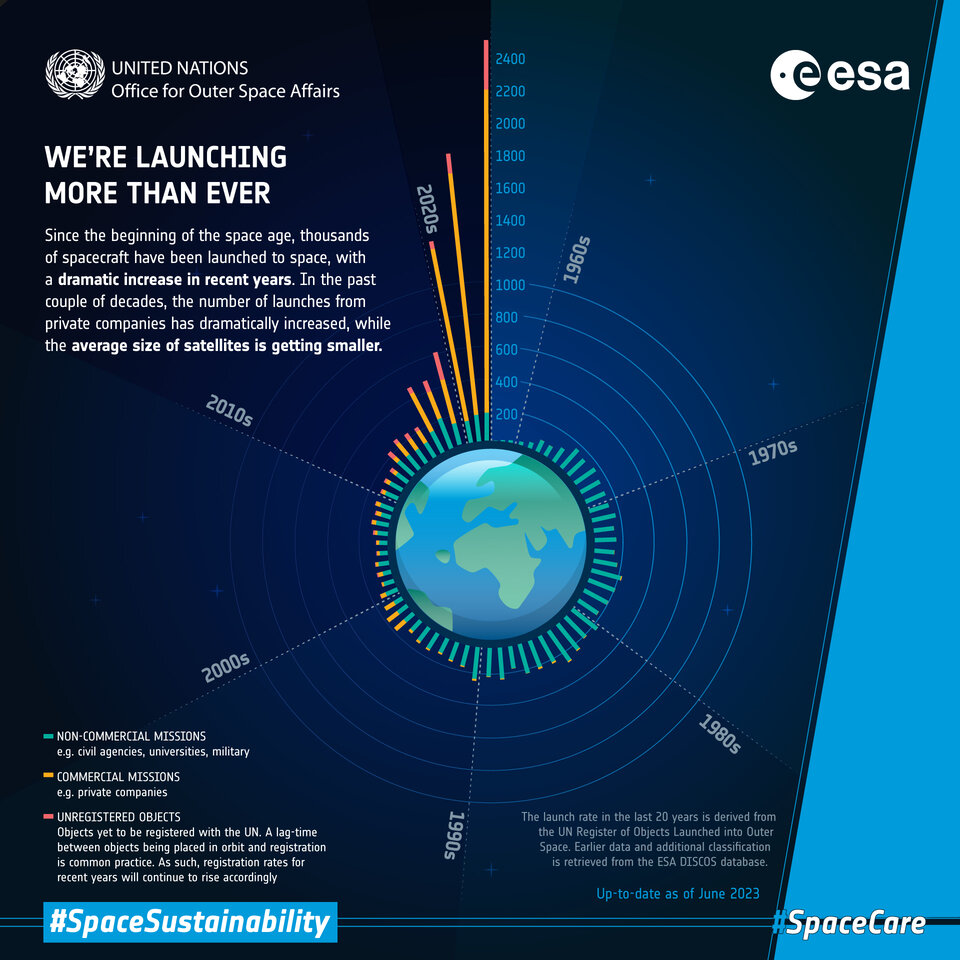
Earth is surrounded by spacecraft carrying out vital work to study our changing climate, deliver global communication and navigation services and help us answer important scientific questions.
But important orbits are increasingly churning with destructive, fast-moving pieces of defunct satellites and rockets. Launch rates today are 10 times higher than they were 10 years ago, but compliance with space debris mitigation guidelines has not kept up.
ESA studies – such as the ESA Annual Space Environment Report – show how the continuation of our current behaviour could result in some orbital regions becoming unusable due to the high density of space debris, threatening our shared future in space.
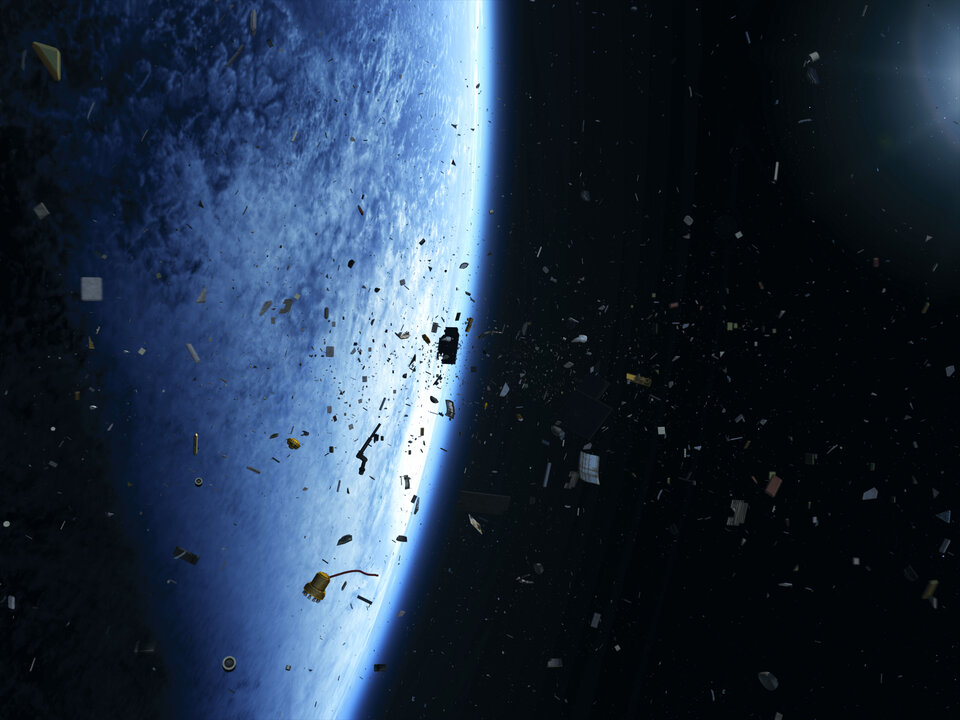
Current mitigation approaches are not enough to guarantee a sustainable space environment. For this reason, ESA recently introduced its Zero Debris approach, as outlined in Agenda 2025, which aims to significantly limit the production of debris in Earth and lunar orbits by 2030 for all of the Agency’s future missions, programmes and activities.
As a first significant step to implement these ambitious goals, ESA updated the Space Debris Mitigation Policy and Requirements applicable to ESA missions.
But space is a globally shared resource, and ESA’s actions alone will not be enough. In order to encourage others to pursue a similar path, ESA has also facilitated the preparation of the Zero Debris Charter. The Charter was drawn up by over 40 diverse actors from the space sector and is a global initiative that all space entities may sign and register their commitment to the shared goal of a Zero Debris future.
The new Policy
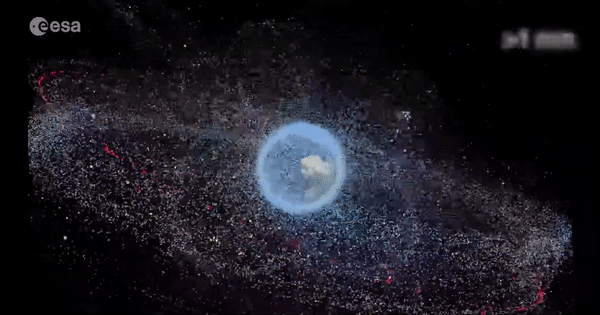
ESA’s updated Policy and Requirements will reduce the amount of space debris generated by ESA activities. They came into effect in November 2023 and also serve as the Agency’s first significant steps towards making the goal of the Zero Debris Charter a reality. The new ESA Space Debris Mitigation Policy defines the roles and responsibilities within ESA for space debris mitigation.
The Policy clarifies how ESA’s Space Debris Mitigation Requirements (see below) apply to all missions procured and operated by ESA.
It also introduces a Space Debris Mitigation Assessment Board, which will advise ESA’s Director General, Josef Aschbacher, in the case of activities that may not meet the Requirements, such as the extension of existing missions.
The new Requirements
The new ESA Space Debris Mitigation Requirements build upon an existing European framework that has been in effect since 2014, and introduce a series of additional requirements.
These include:
- the duration of the disposal phase in low-Earth orbit has been reduced from 25 to a maximum of five years, with an additional consideration for the mission’s total collision risk with space debris during this disposal phase, and more stringent requirements for satellite constellations;
- the probability of successful disposal must be larger than 90%, with more stringent requirements for large constellations;
- space objects operating in protected orbital regions, which are not considered to be “low risk”, must be equipped with interfaces to facilitate servicing by an active debris removal mission in case they fail in orbit;
- the Requirements introduce a new set of requirements related to collision avoidance and space traffic coordination based on current best practices, such as response time in case of a collision warning;
- the two emerging issues of avoiding the generation of space debris in lunar orbits and interference to radio and optical astronomy are also addressed with preliminary requirements that will continue to be developed in the coming years.
Read more about space debris mitigation here.
By adopting these new requirements, on top of existing ones such as the Space Debris Mitigation Guidelines of the United Nations Committee on the Peaceful Uses of Outer Space, ESA is taking on a leading role in space sustainability and encouraging others to join us on the road to a Zero Debris future.





